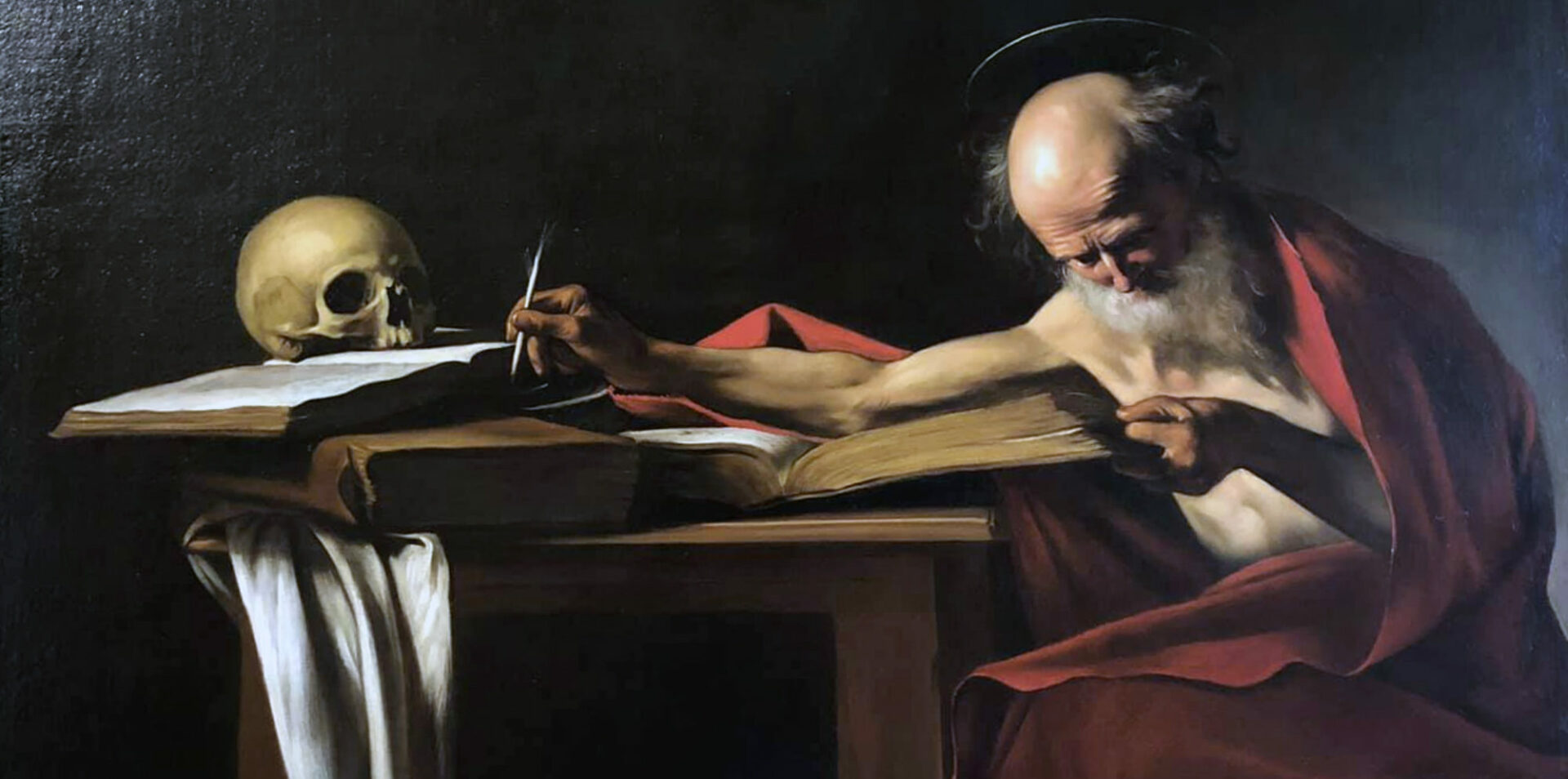
I have a Ph.D. from the Department of Information and Library Science, School of Informatics and Computing at Indiana University, Bloomington (IUB). At IUB, I had the opportunity to work with Dr. Howard Rosenbaum, Dr. Cassidy R. Sugimoto, and Dr. John A Walsh. I am currently an Associate Professor at the School of Information Studies, Dominican University, Chicago, ILL, USA. Prior to this I was at The School of Information Sciences at Wayne State University, Detroit, Michigan. Before being hired by WSU, I held a postdoctoral position working with Dr. Kim Holmberg and Dr. Fereshteh Didegah at RUSE, University of Turku, Finland. Prior to my postdoctoral position in Finland, I was a researcher for Dr. Vincent Larivière and Dr. Stefanie Haustein at École de bibliothéconomie et des sciences de l’informationat, Université de Montréal.
My interests include understanding how it is that people interpret the information that their network connections (e.g. friends, followers, etc.) post within social media environments. How is it that one’s audience understands when something that you have posted to social media is a joke or it is to be taken seriously? How do social media participants understand when their “friends” are speaking from the perspective of their professional lives or their personal lives? How do social media users learn how to make use of features (affordances) within socio-technical ecosystems to assist their audience with correctly interpreting a tweet or post? These issues are of particular interest to me when considering academics and social media use as the more traditional boundaries of personal and professional have become blurred.
When we meet with others face-to-face, we rely on both social structure and cultural norms and make use of language, signs, and symbols so that our audience can correctly interpret our actions and messages (Goffman, 1959; Goffman, 1974). In addition, we make use of props and contextual features (Gibson, 1977) to help get across what we want to communicate. We are also able to draw boundaries around what is considered part of the communication act and what is outside or is irrelevant to the current activity. We do these things in face-to-face situations without consideration and extremely quickly and we are doing these same things in computer-mediated contexts. I’m interested in how we are doing it!
I have developed a socio-technical framework combining Erving Goffman‘s Frame Analysis (1974) and Impression Management (1959) frameworks and J.J. Gibson‘s (1977) affordance concept in my dissertation in order to examine how people understand what is going on in computer-mediated communication contexts. I’m currently using this framework to examine scholarly communication on Twitter and other social media environments. My work contributes to discourse in scholarly communication, scientometrics, altmetrics, and social theory by analyzing personal and professional communication made by scholars.
I’m also working on several other altmetrics related studies including comparing publication activity and Twitter activity, scholar’s self-presentation in social media environments, and the consumption and dissemination of scholarly work in social and popular media environments.
Official blurb
Dr. Timothy D. Bowman, Ph.D. has over 10 years of experience examining aspects of the academic reward system and social interaction, impression management, and scholarly communication in online environments, of which he has also widely published in international journals. He is an Associate Professor in the School of Information Studies (SOIS) at Dominican University, Chicago, IL, USA. Before this, he was at the School of Information Sciences (SIS) at Wayne State University, Detroit, MI. Prior to joining the SIS, Timothy completed a one year postdoctoral position at the Research Unit for the Sociology of Education (RUSE) at the University of Turku, Finland where he conducted research on open science, scholarly communication, and altmetrics. Before this he worked as a research professional at the Universitè de Montreal, Montreal, Quebec, Canada investigating scholarly communication, bibliometrics, citation analysis, and altmetrics. His primary area of research interest includes applying social, psychological, linguistic, and philosophical theories and methods to the study of scholarly communication, altmetrics, open science, the academic reward system, and the presentation of self in online environments. Timothy enjoys teaching both technical and theoretical courses and applying the lessons he learned while working outside of academia to prepare his students to succeed after obtaining their degree.
Gibson, J.J. (1977). The Theory of Affordances. In R. Shaw & J. Bransford (Eds.), Perceiving, Acting, and Knowing: Toward an Ecological Psychology (pp. 127–143). Lawrence Erlbaum.
Goffman, E. (1959). The Presentation of Self in Everyday Life. New York: Anchor.
Goffman, E. (1974). Frame Analysis: An Essay on the Organization of Experience. Boston, MA: Northeastern University Press. doi:10.4135/9781412952552.n110
Haustein, S., Bowman, T.D., Costas, R. (2016). Interpreting “altmetrics”: Viewing acts on social media through the lens of citation and social theories. In Cassidy R. Sugimoto (Ed.) Theories of Informetrics and Scholarly Communication.
